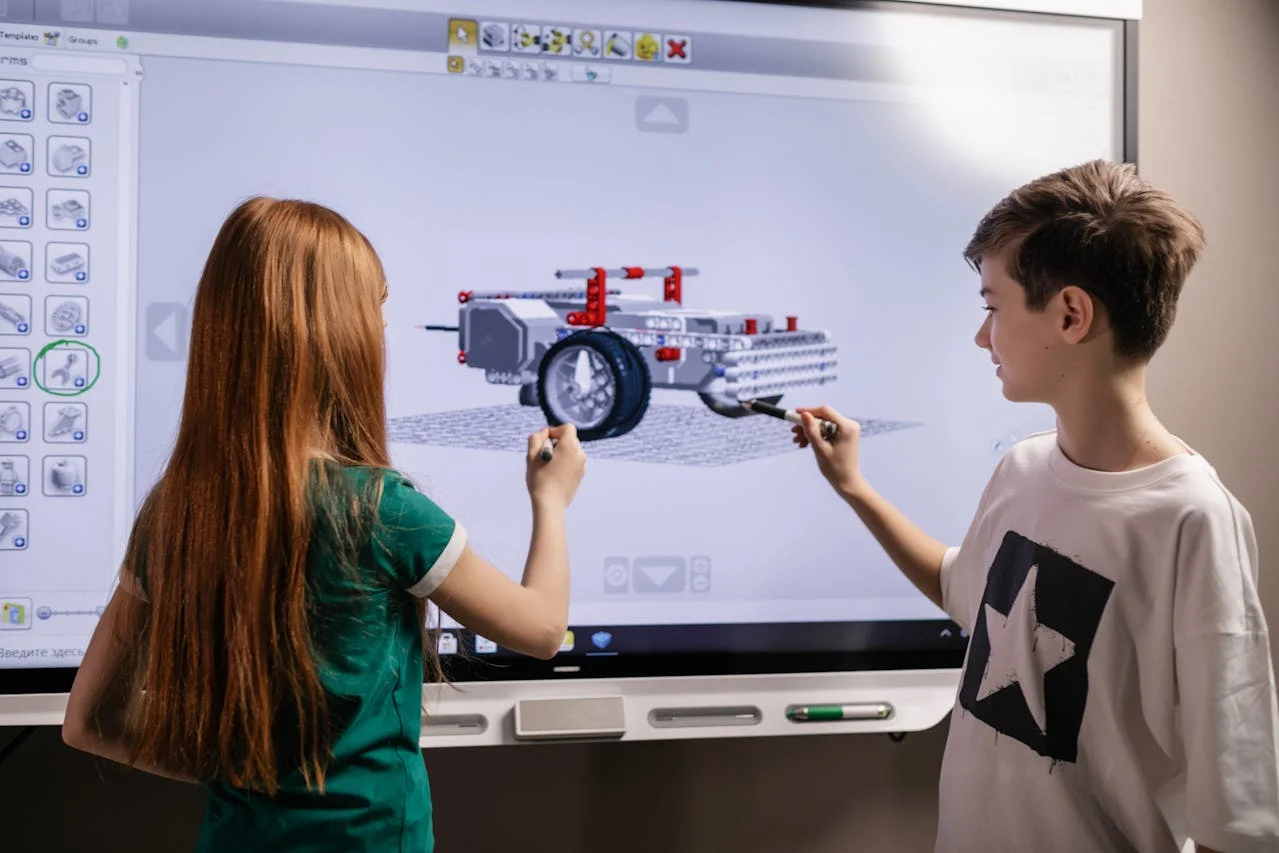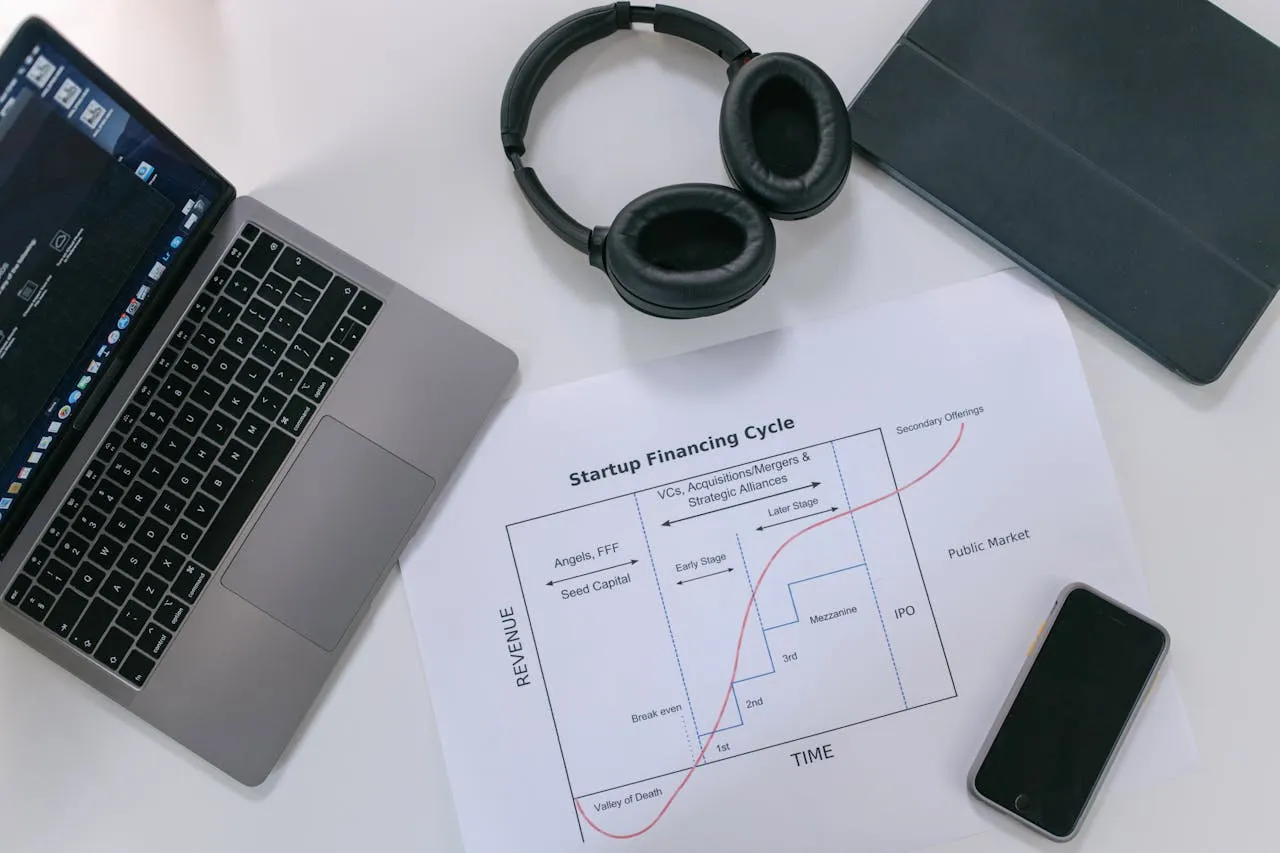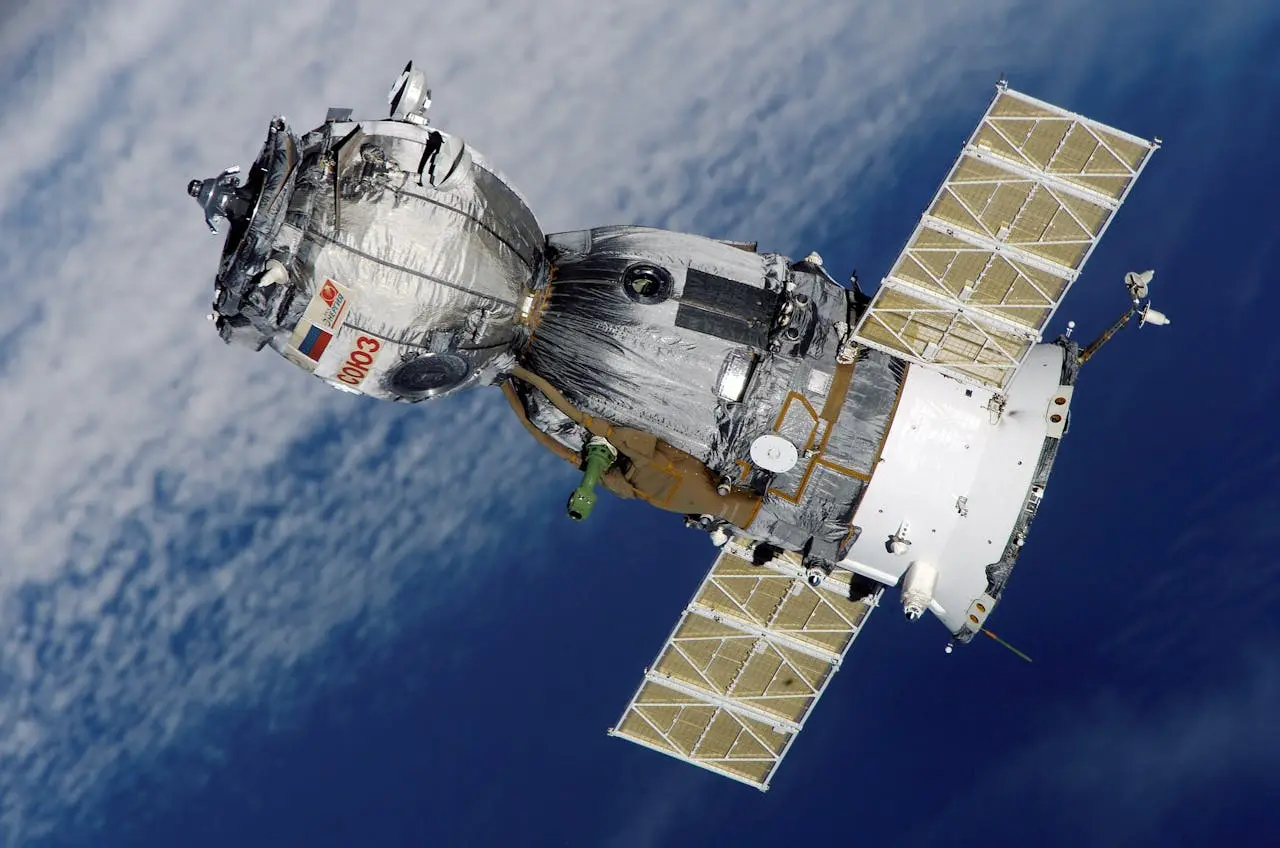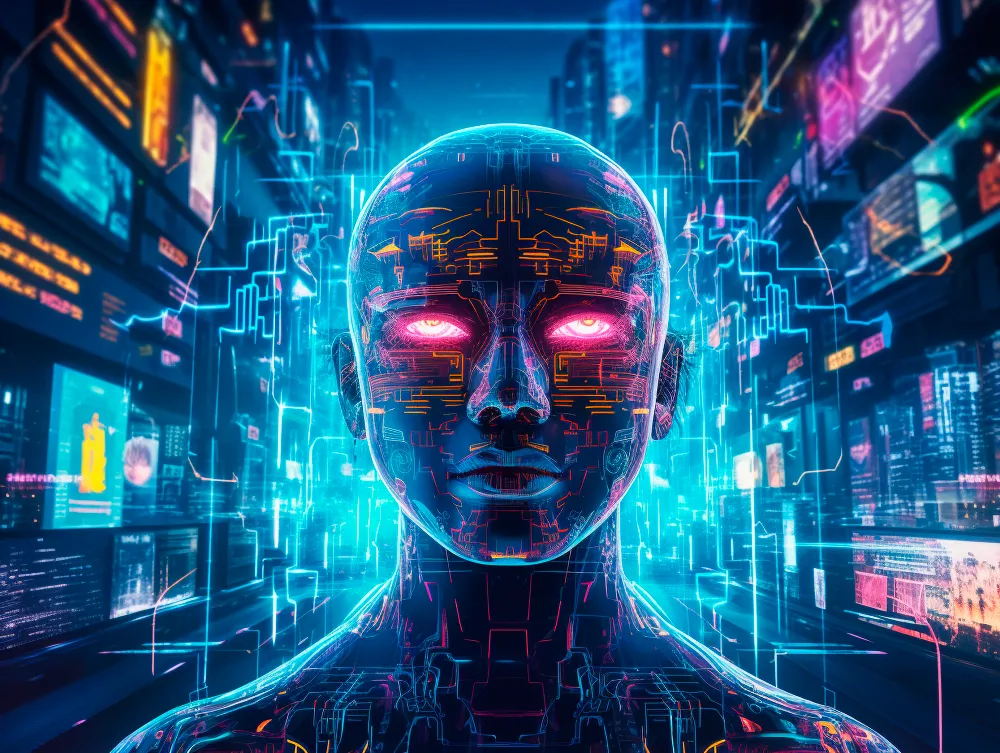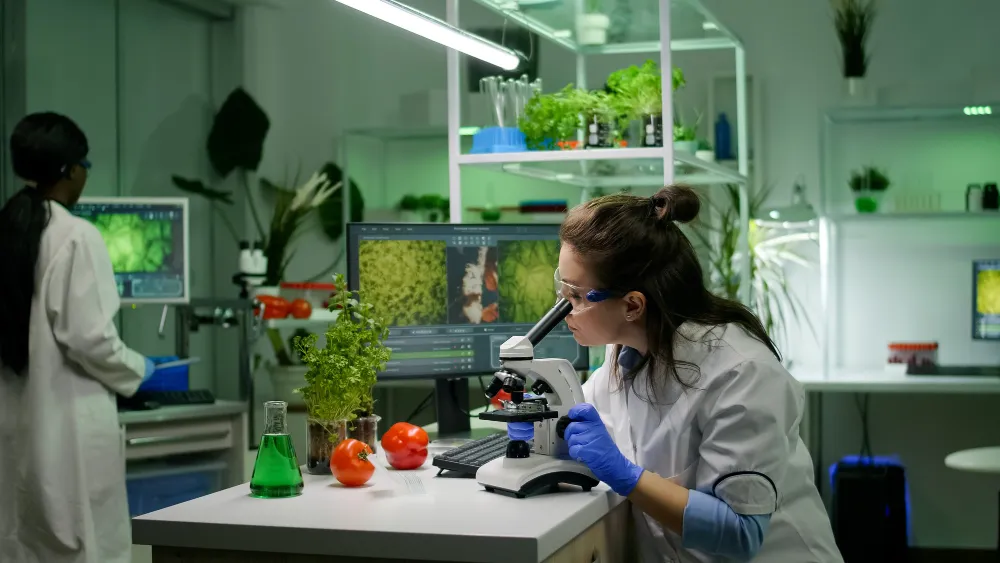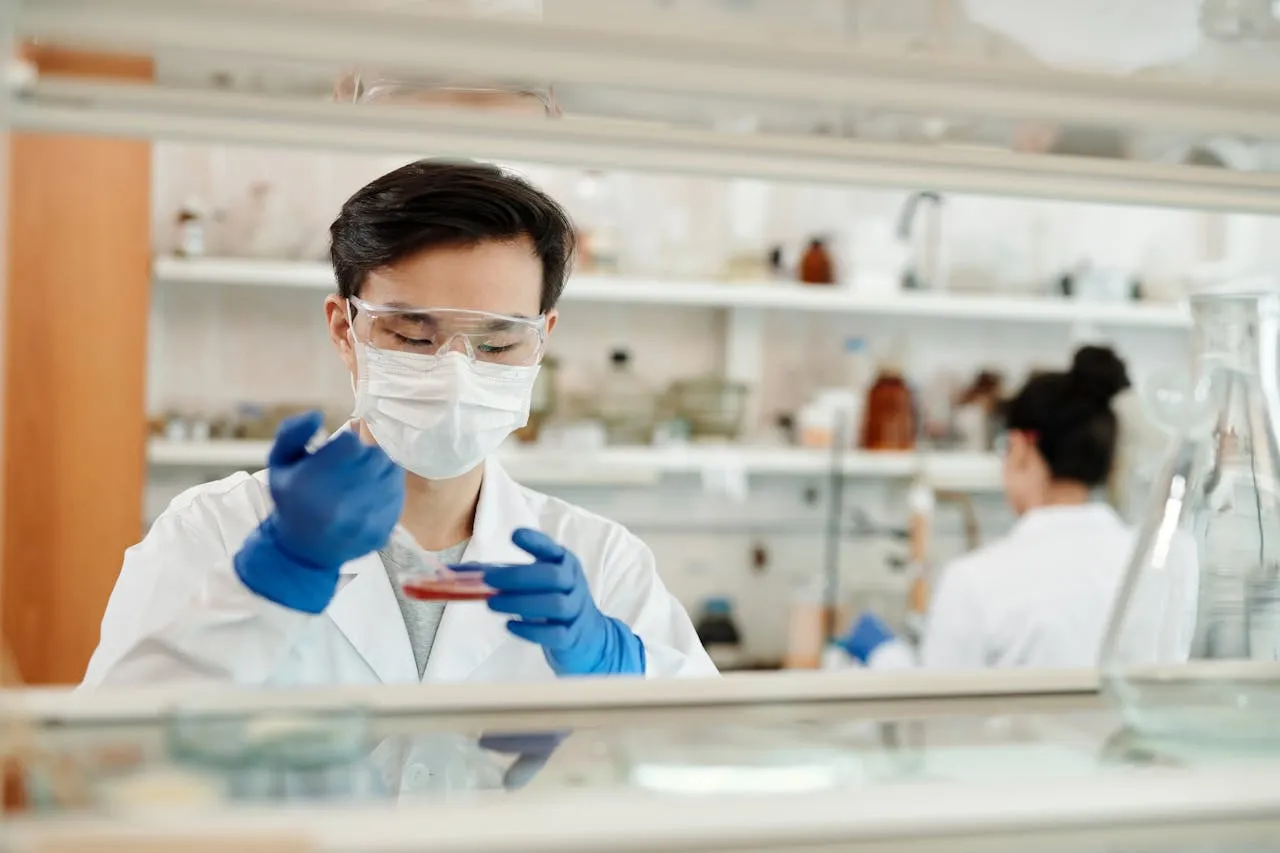Robotics, the interdisciplinary field dedicated to designing, constructing, and operating robots, is fundamentally transforming industries and daily life. From enhancing manufacturing processes to enabling groundbreaking medical procedures, robotics is driving innovation across various sectors. This technology, characterized by its integration of mechanical engineering, electronics, and computer science, is paving the way for a future where automation and intelligence are seamlessly intertwined.
The Evolution of Robotics
Robotics has evolved significantly since its inception. Early robots were simple mechanical devices designed for repetitive tasks in controlled environments. The advent of Unimate, the first industrial robot, in the 1960s marked a pivotal moment in the field. This robot was used in automotive manufacturing for tasks like welding and assembly, showcasing the potential of robots to enhance efficiency and precision in industrial settings.
Advancements in technology over the past few decades have propelled robotics into new realms. Modern robots are equipped with sophisticated sensors, artificial intelligence (AI), and machine learning algorithms. These advancements enable robots to perform a wide range of complex tasks, from autonomous navigation to interactive customer service. As robotics technology continues to develop, its applications are expanding across numerous domains.
Applications of Robotics
- Healthcare: Robotics is revolutionizing the medical field with innovations that enhance both surgical precision and patient care. Surgical robots, such as the da Vinci Surgical System, allow for minimally invasive procedures that result in shorter recovery times and reduced complications. Additionally, robots are increasingly used in rehabilitation and elder care, providing support for mobility and daily activities.
- Manufacturing: The manufacturing industry has long benefited from robotics. Robots are integral to assembly lines, performing tasks such as welding, painting, and material handling with unparalleled speed and accuracy. Collaborative robots, or cobots, work alongside human operators to improve productivity and safety, adapting to various tasks and environments.
- Agriculture: In agriculture, robotics is enhancing efficiency and sustainability. Autonomous drones and tractors equipped with sensors optimize planting, watering, and harvesting. These technologies enable precision farming, reducing labor costs and minimizing environmental impact by applying resources more effectively.
- Consumer Robotics: In everyday life, robots have become more accessible and useful. Robotic vacuum cleaners, like the Roomba, automate household chores, while personal assistants and smart home devices enhance convenience and security. These consumer robots are designed to integrate seamlessly into daily routines, providing practical benefits and improving quality of life.
Future Trends in Robotics
The future of robotics promises exciting advancements. One emerging trend is the development of soft robotics. Unlike traditional rigid robots, soft robots are made from flexible materials that allow them to mimic the adaptability and dexterity of biological organisms. This innovation holds potential for delicate tasks, such as handling fragile objects or exploring confined spaces.
Another significant trend is the integration of AI and robotics. AI-powered robots can learn from their environment and experiences, making them more adaptable and capable of performing complex tasks. This combination of AI and robotics is expected to lead to more intelligent and autonomous systems that can interact with humans in more natural and intuitive ways.
Challenges and Considerations
Despite its transformative potential, robotics faces challenges. Ensuring the safety and reliability of robots, particularly in environments where they interact closely with humans, is crucial. Additionally, the rise of automation raises ethical questions about its impact on employment and privacy. Addressing these concerns is essential for maximizing the benefits of robotics while minimizing potential drawbacks.
Conclusion
Robotics is at the forefront of technological advancement, reshaping industries and enhancing everyday life. From healthcare and manufacturing to agriculture and consumer products, robots are driving innovation and efficiency. As technology continues to evolve, the future of robotics holds the promise of even more groundbreaking developments. Balancing these advancements with ethical considerations will be key to ensuring that robotics continues to improve lives and drive progress.








